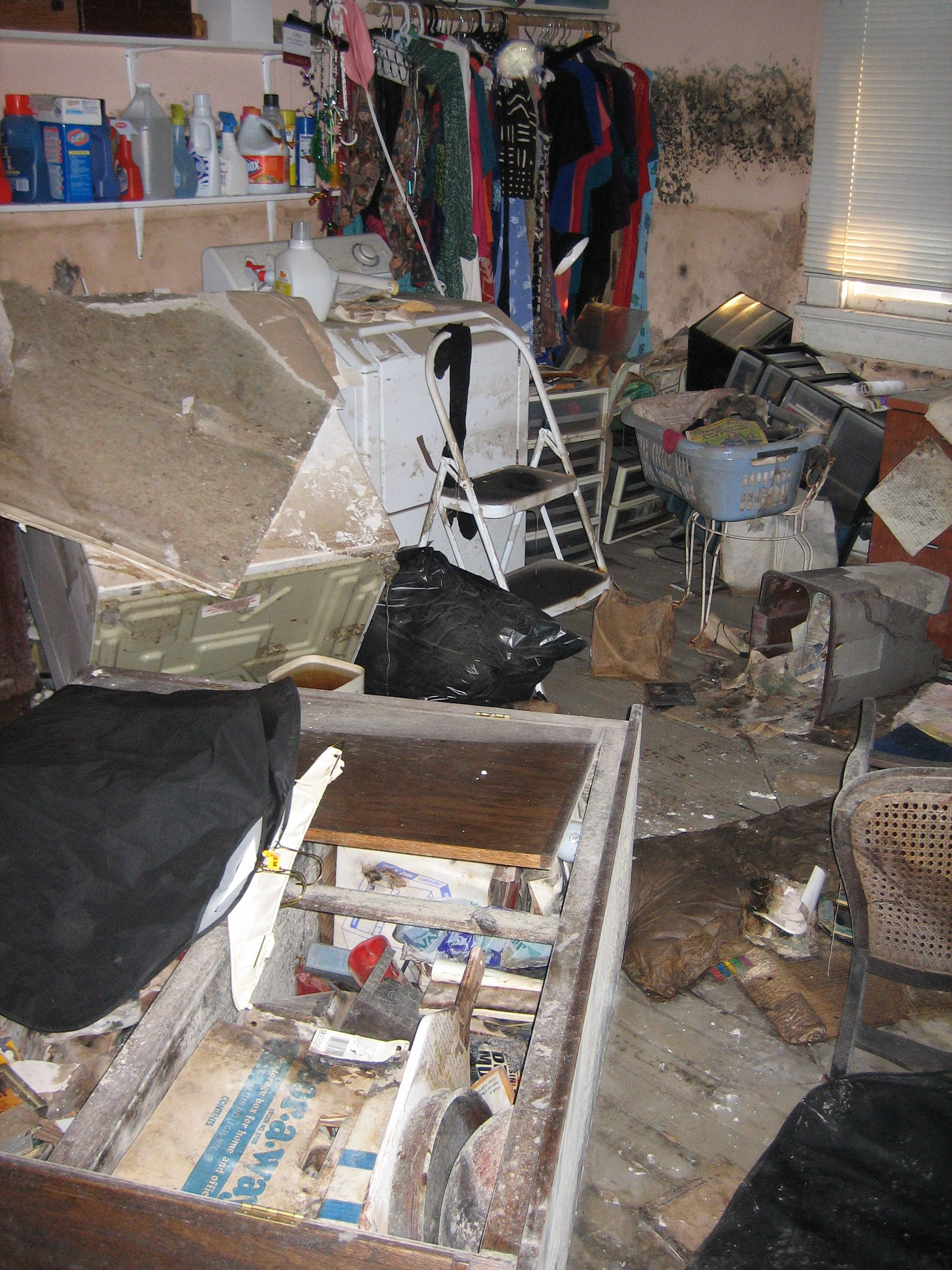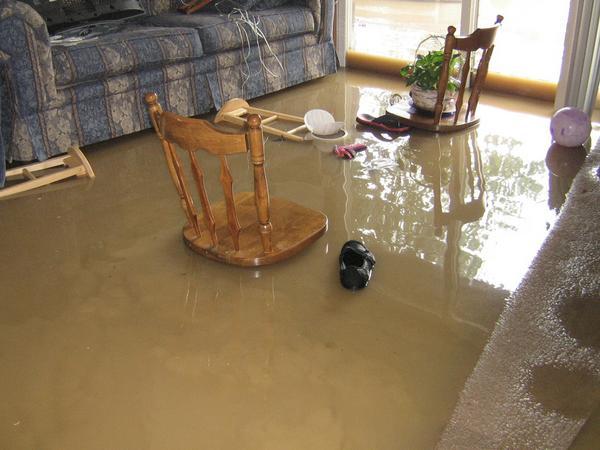The Process of Water Damage Cleaning: Guaranteeing Your Home Is Recovered Effectively
Water damage can be a challenging challenge for house owners, necessitating a careful and organized cleaning procedure to restore safety and performance. A comprehensive assessment is critical to identify the degree of the damage and identify the proper remediation actions. Following this, effective water removal methods play a critical duty in minimizing additional harm. Nevertheless, the subtleties of drying, disinfecting, and eventual reconstruction are similarly necessary and frequently overlooked. Comprehending these phases can make a significant difference in the end result of your home's restoration, triggering a closer take a look at what each action requires.
Evaluating the Damages
Upon finding water damage, the initial step is to completely assess the extent of the impact. This first evaluation is essential, as it helps figure out the needed actions for effective clean-up and restoration. Begin by inspecting the influenced areas, including walls, ceilings, floorings, and individual possessions, to identify the source of the water breach, whether from flooding, leaks, or condensation.
Recording the damages is important for both insurance policy cases and preparing restoration efforts - damage restoration services. Usage photographs and created notes to record the severity of the damage, keeping in mind any affected structural elements and materials. Pay special interest to areas that may not be instantly visible, such as behind walls and under rugs, as concealed wetness can bring about additional issues, including mold development
Additionally, examine the timeline of the water direct exposure. Inevitably, a detailed evaluation lays the groundwork for an effective water damages cleanup procedure, making certain that all affected locations are addressed successfully and completely.
Water Extraction Techniques

Specialists commonly use completely submersible pumps for larger volumes of water, which can promptly ease flooding in cellars or various other influenced areas. For smaller amounts, wet/dry vacuums are often used to extract residual dampness from rugs and difficult surfaces. Furthermore, utilizing portable extractors enables targeted removal in confined areas or areas with fragile products.
In instances of infected water, such as sewage or floodwater, progressed removal strategies may involve the usage of biohazard tools to make certain safety and security and compliance with health guidelines. High-powered removal devices are essential in decreasing water retention in architectural materials, which can lead to mold development and structural damage if not attended to quickly.
Ultimately, the efficiency of water extraction techniques plays a crucial duty in the general success of the water damage clean-up procedure, laying the groundwork for succeeding remediation efforts.
Drying and Dehumidification
As soon as standing water has been efficiently drawn out, the following important phase in the water damage cleaning process is drying and dehumidification. This step is vital to avoid additional damage and mold development, which can happen within 24 to 48 hours in damp atmospheres.
To achieve efficient drying, specific tools such as industrial-grade air movers and dehumidifiers is used. Air moving companies circulate air throughout damp surface areas, boosting evaporation rates, while dehumidifiers reduce moisture levels in the air, promoting a helpful environment for drying out. The combination of these tools guarantees that wetness is attracted out from floorings, wall surfaces, and home furnishings, permitting them to completely dry extensively.
It is very important to keep an eye on the drying out process carefully. Experts commonly utilize moisture meters to evaluate the dampness material in various materials, guaranteeing that all impacted areas reach acceptable dry skin levels. This meticulous strategy assists to avoid covert wetness pockets that might result in architectural damage or unhealthy mold growth.

Cleaning and Sterilizing
After the drying out and dehumidification stage is complete, the following important action in water damages cleaning is cleaning up and sanitizing the affected areas. This procedure is vital to stop the growth of mold, germs, and various other pathogens that prosper in damp atmospheres.
The cleaning phase commonly includes eliminating any type of debris, dirt, and contaminants from surfaces utilizing specialized cleaning representatives. For hard surface areas, a mix of soap and water or commercial cleansing products is usually utilized. Soft products, such as furniture and carpetings, may require extra substantial cleaning methods, consisting of heavy steam cleaning or deep extraction strategies, to make certain extensive sanitation.

Sterilizing adheres helpful site to cleaning, using EPA-approved anti-bacterials to get rid of dangerous microorganisms. This action is important, specifically in locations that might have entered into call with floodwaters or sewer, as these resources can position serious health and wellness threats.
In addition, it is important to deal with any type of remaining smells, which might need the use of smell neutralizers or advanced strategies like ozone therapy. Appropriate cleaning and disinfecting water mitigation definition not only restore the security and health of your home however likewise lay the foundation for effective repair and repair work in succeeding stages of the water damages cleanup procedure.
Restoration and Repair Work

As soon as the analysis is complete, repair initiatives can start. This commonly entails fixing or changing damaged materials, making certain that all work abides with neighborhood building ordinance and requirements. For example, if drywall has actually been endangered, it will need to be removed and changed with new material. Additionally, flooring might call for similar interest, relying on the degree of water direct exposure.
It is important to engage skilled repair professionals during this process, as they possess the competence to handle intricate repair services effectively. In addition, they can aid reduce possible future problems, such as mold and mildew development or structural instability, therefore making sure a safe and habitable living setting. Ultimately, efficient repair and repairs recover the home's integrity and enhance its general worth.
Conclusion
In conclusion, the process of water damages cleanup is essential for recovering a home to its pre-damage problem. Each stage, from evaluating the damages to carrying out effective water removal techniques, adhered to by comprehensive drying out, disinfecting, and necessary repair services, plays a necessary role in ensuring safety and conformity with structure standards. Effective implementation of these steps not just minimizes prompt damages but likewise improves the lasting integrity and value of the residential property.
Water damages can be a complicated obstacle for home owners, demanding a meticulous and structured clean-up procedure to recover safety and functionality. Inevitably, a thorough assessment lays the groundwork for a successful water damages clean-up process, making certain that all influenced locations are addressed effectively and thoroughly.
Efficient water removal techniques are vital in mitigating damages and avoiding more problems adhering to a water breach event.In final thought, the read more process of water damage cleanup is important for restoring a home to its pre-damage condition. Each phase, from examining the damage to executing efficient water removal techniques, complied with by complete drying, sanitizing, and essential repair work, plays a vital function in ensuring safety and security and conformity with building criteria.